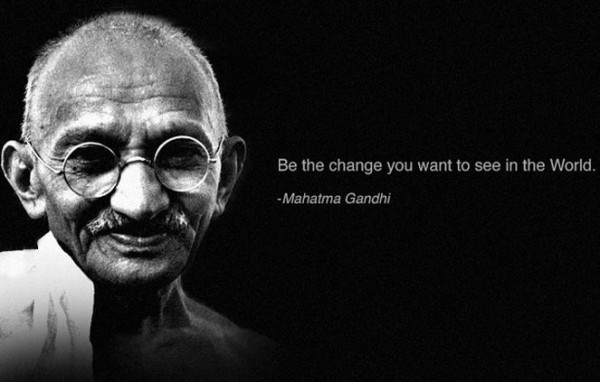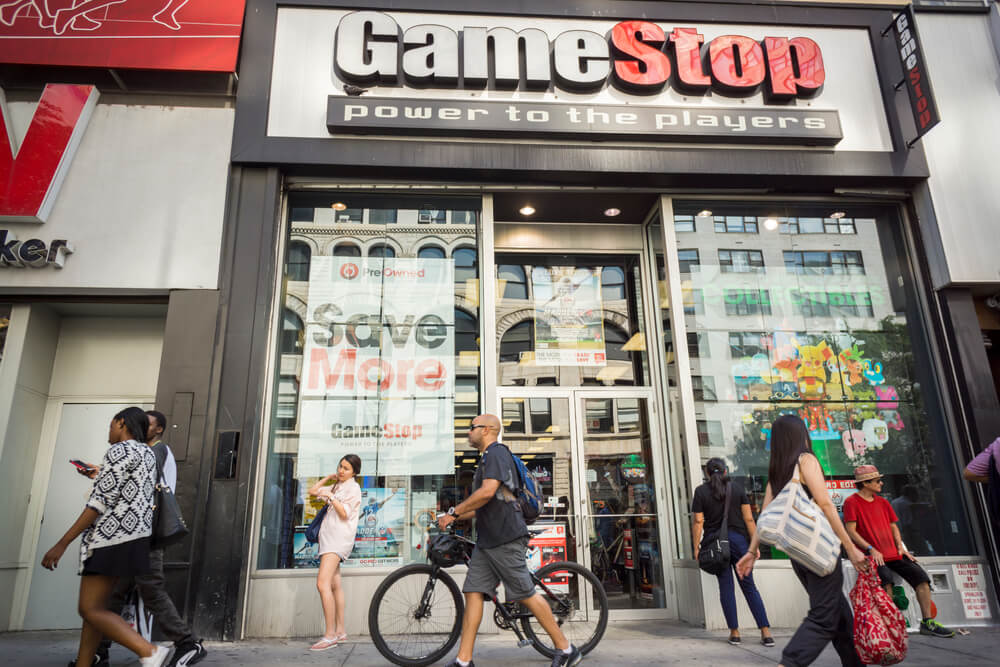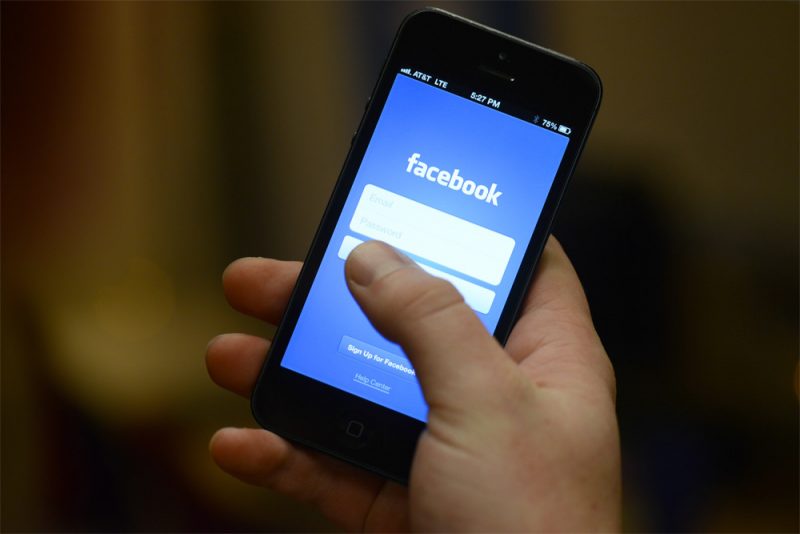Sportswear giant of Germany, Adidas posted its first annual loss in more than 30 years on Wednesday. Adidas also warned that the sales in North America would fall again as sportswear retailers in the U.S. are struggling with high inventories. Adidas loss from collaboration with Kanye West added to the fall in sales.

Adidas has been battling to right itself after it cut ties with Kanye West in October 2022, suspending sales of the highly profitable Yeezy sneaker line.
Adidas recovery
In CEO Bjorn Gulden’s first year in the role, he resumed sales of Yeezy sneakers to clear remaining stock. This was while seeking to boost popular products like Samba and Gazelle shoes, and improve relationships with retailers. Shares in Adidas have staged a recovery, outperforming Nike and Puma since he took over.
“Although by far not good enough, 2023 ended better than what I had expected at the beginning of the year,” Gulden said.
According to Adidas North America will continue to be weak and is expecting sales to be down by around 5% this year.
Adidas recovering loss
Lower demand and overstocked stores in the U.S. have weighed on sportswear and apparel companies. Adidas said sales in North America fell by 21% in the Q4 and by 16% over the year.
Overall, Gulden said clearing stock through its outlet stores helped Adidas bring inventories down by 1.5 billion euros in 2023, a 24% decline.
Red Sea crisis
Adidas has flagged shipment delays of two to three weeks due to the Red Sea crisis, and Chief Financial Officer Harm Ohlmeyer said on Wednesday that there could be an impact on working capital if the disruptions continue.
Adidas going in the right direction
Adidas is gambling that it can claw back market share from rivals even as consumers’ overall appetite for sportswear declines, sparking job cuts at Nike.
Adidas expects its underlying business – excluding Yeezy – to improve in 2024, with growth of at least 10% in the second half.
It has benefited from a trend for low-rise suede “terrace” sneakers like the Samba and Gazelle, and last year ramped up production. That trend helped footwear sales grow by 8% in the fourth quarter, while apparel sales fell 13%.
“Things have clearly been going in the right direction at Adidas since Bjorn Gulden took over,” said Thomas Joekel, portfolio manager at Union Investment. “Brand heat is increasing, which can also be seen from the fact that fewer products now have to be sold at a discount.”
In China Adidas expects a stronger recovery, with sales growing at a double-digit rate after an 8% increase in 2023.
Adidas Yeezy revenue
Adidas last month set expectations low for its remaining Yeezy products, saying it would sell the sneakers “at least at cost”. It launched its latest drop on Feb. 26, but demand for the shoes is difficult to predict.
The Yeezy sales are “still a little bit of a wild card,” said Cristina Fernandez, analyst at Telsey Advisory Group, despite the company managing the sales successfully so far.
Adidas made 750 million euros in revenue from Yeezy sales last year, resulting in a 300 million euro profit. The company set aside 140 million euros for donations to charities fighting antisemitism and racism.
Adidas’ board will propose an unchanged dividend of 0.70 euros ($0.7650) per share on its 2023 performance despite a net loss of 58 million euros, its first since 1992.
Stock update
Adidas shares were trading flat as of 1115 GMT.
Adidas future growth
The resilience and adaptability of Adidas in response to challenges such as the loss of the Yeezy sneaker line and the impacts of the Red Sea crisis. Despite facing significant hurdles, including a historic annual loss and sales decline in North America, Adidas has demonstrated strategic initiatives to mitigate losses and position itself for future growth.






